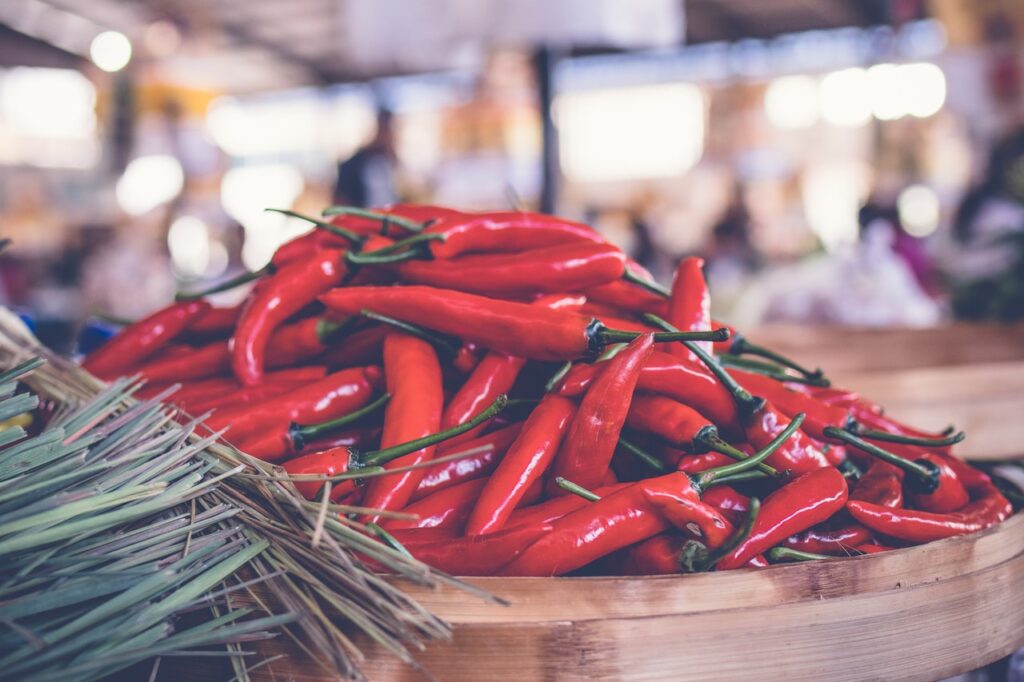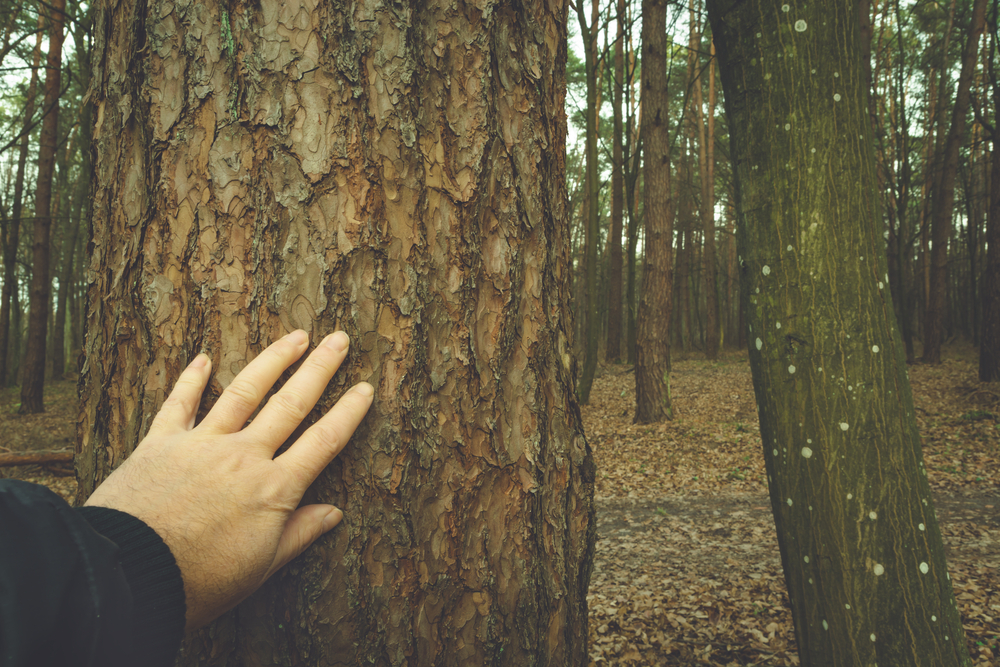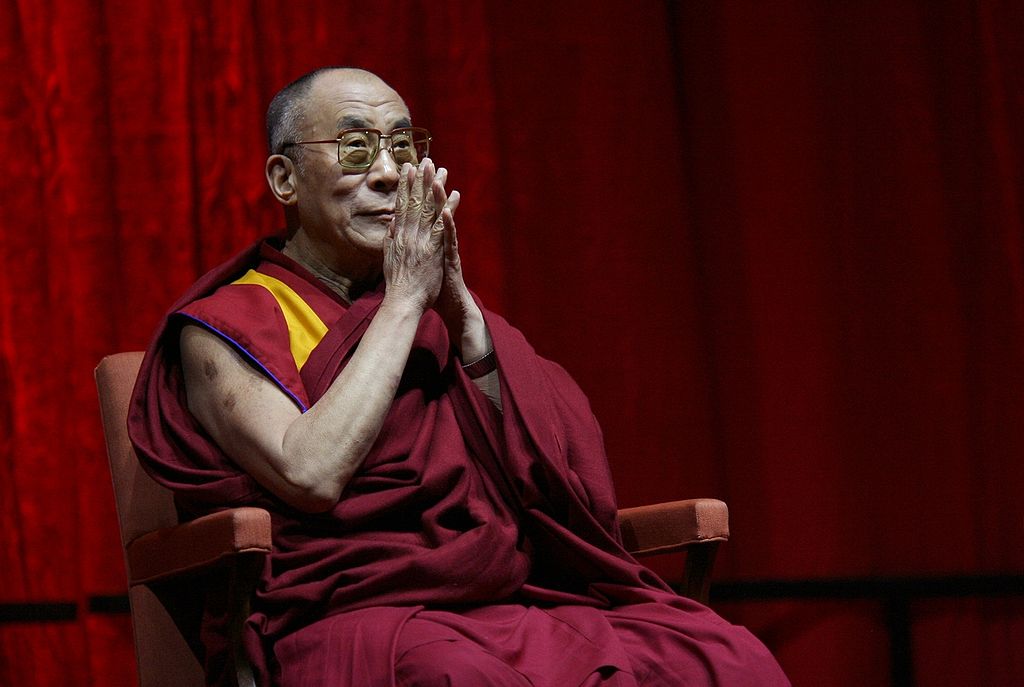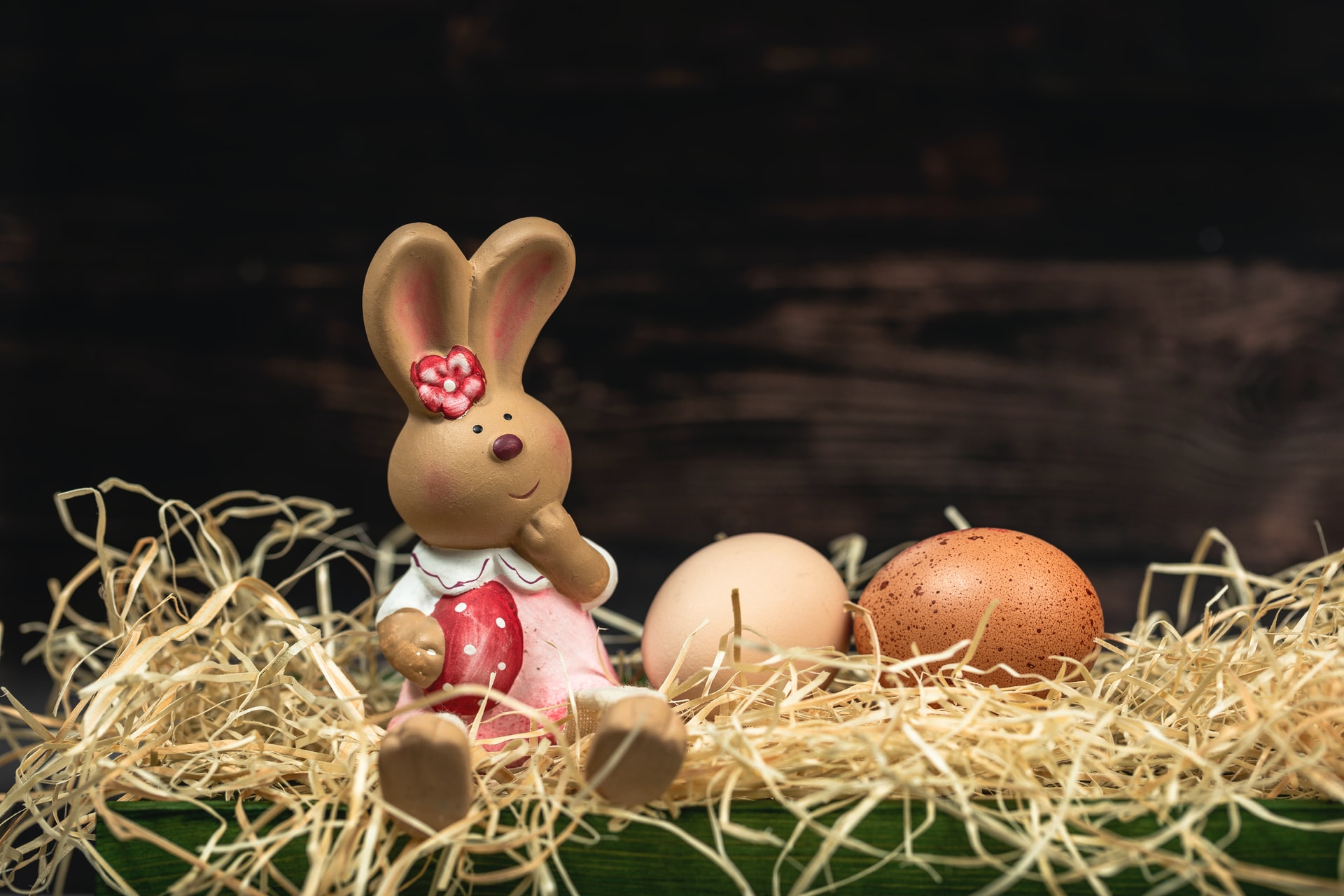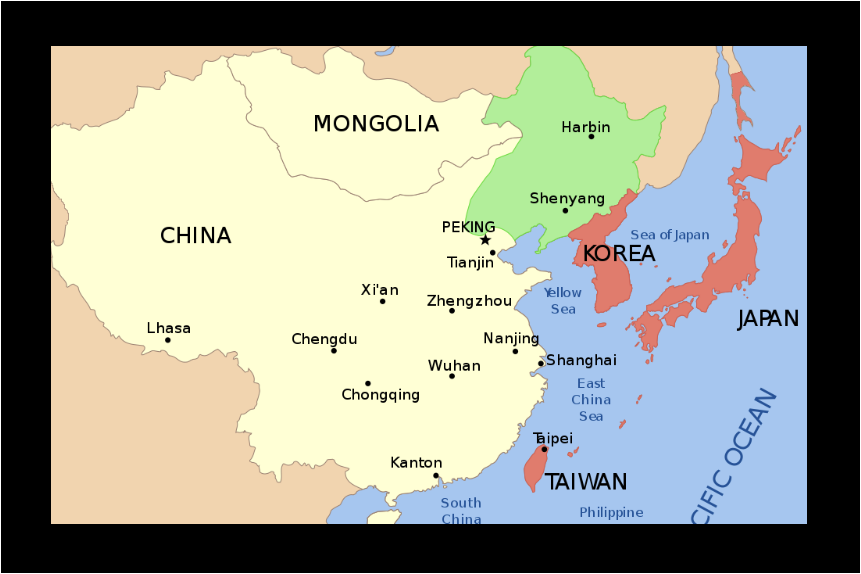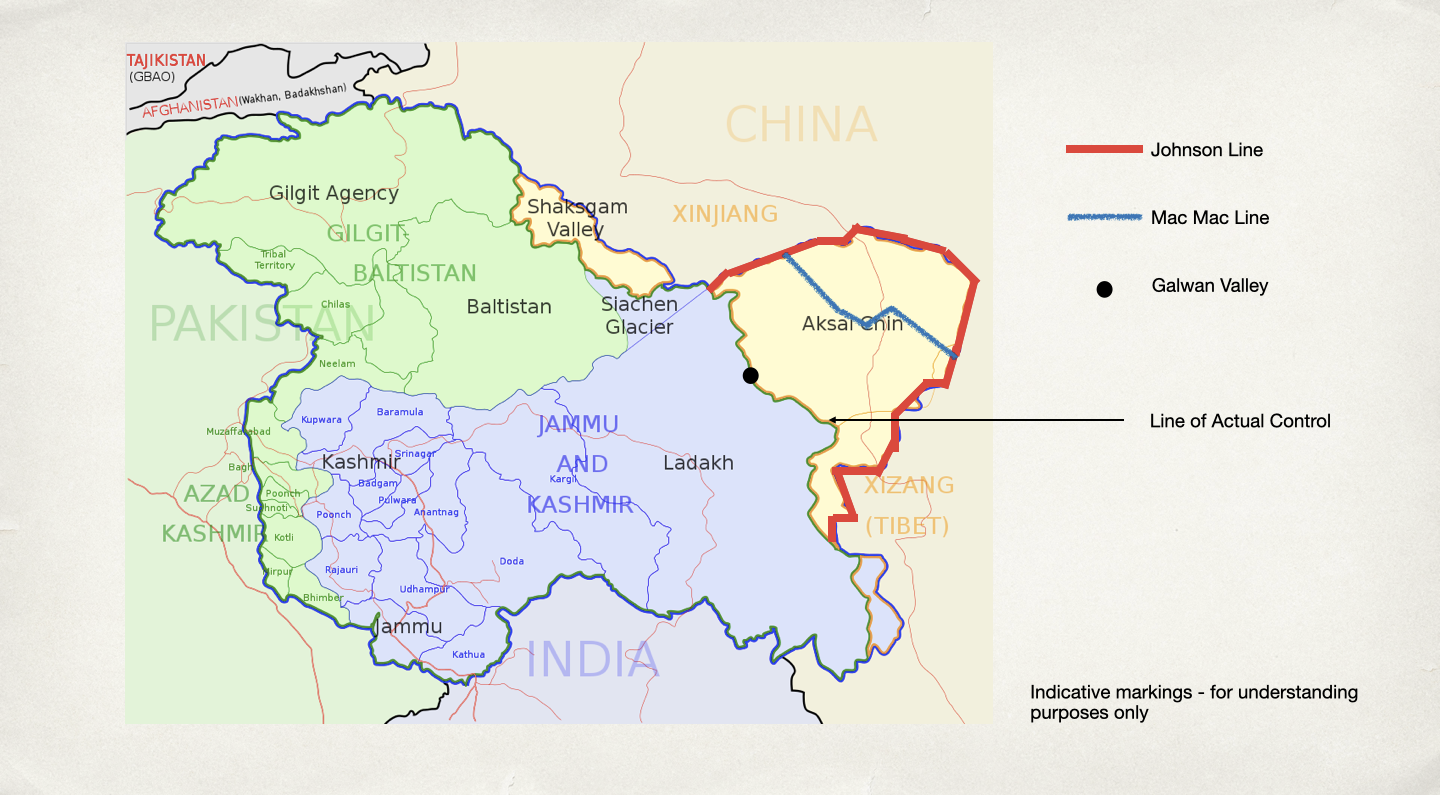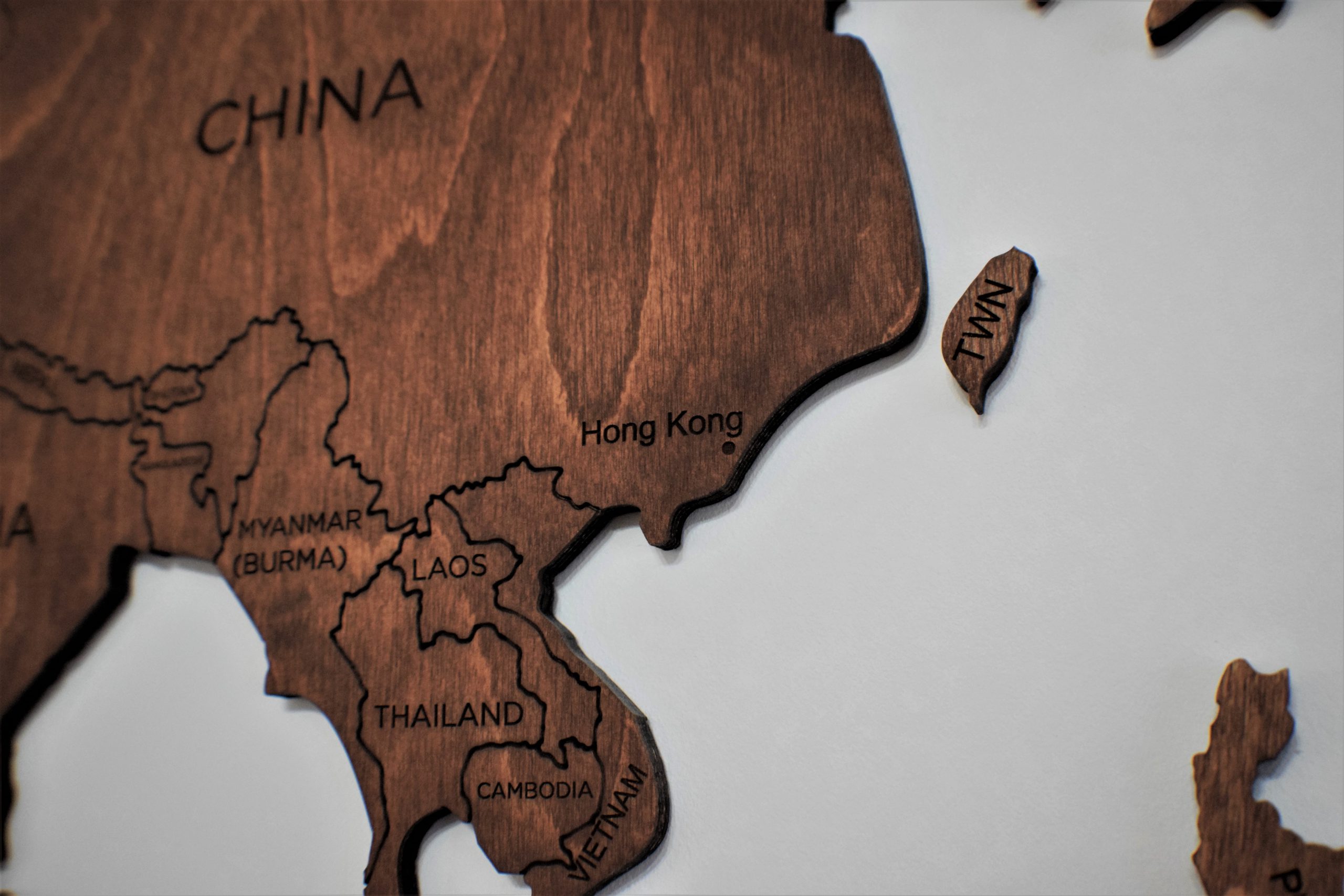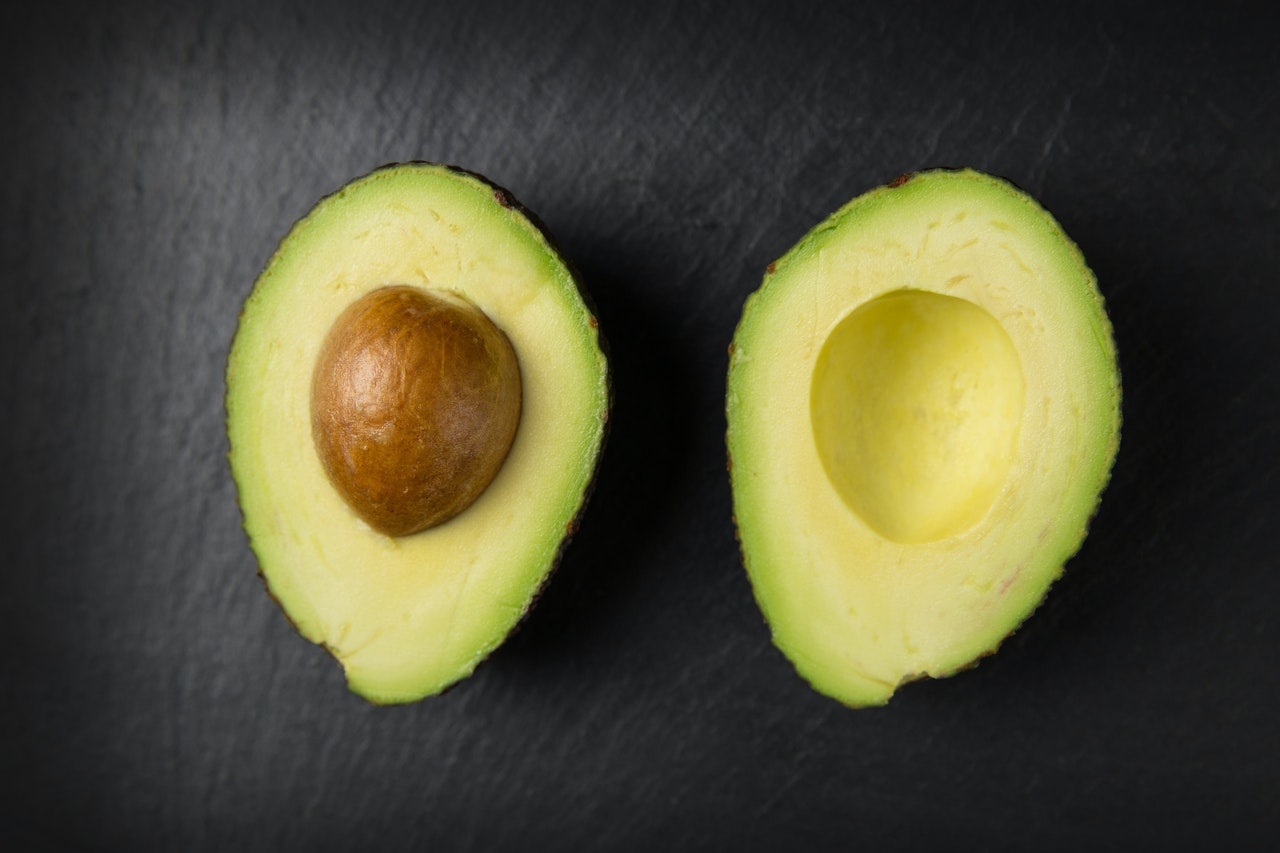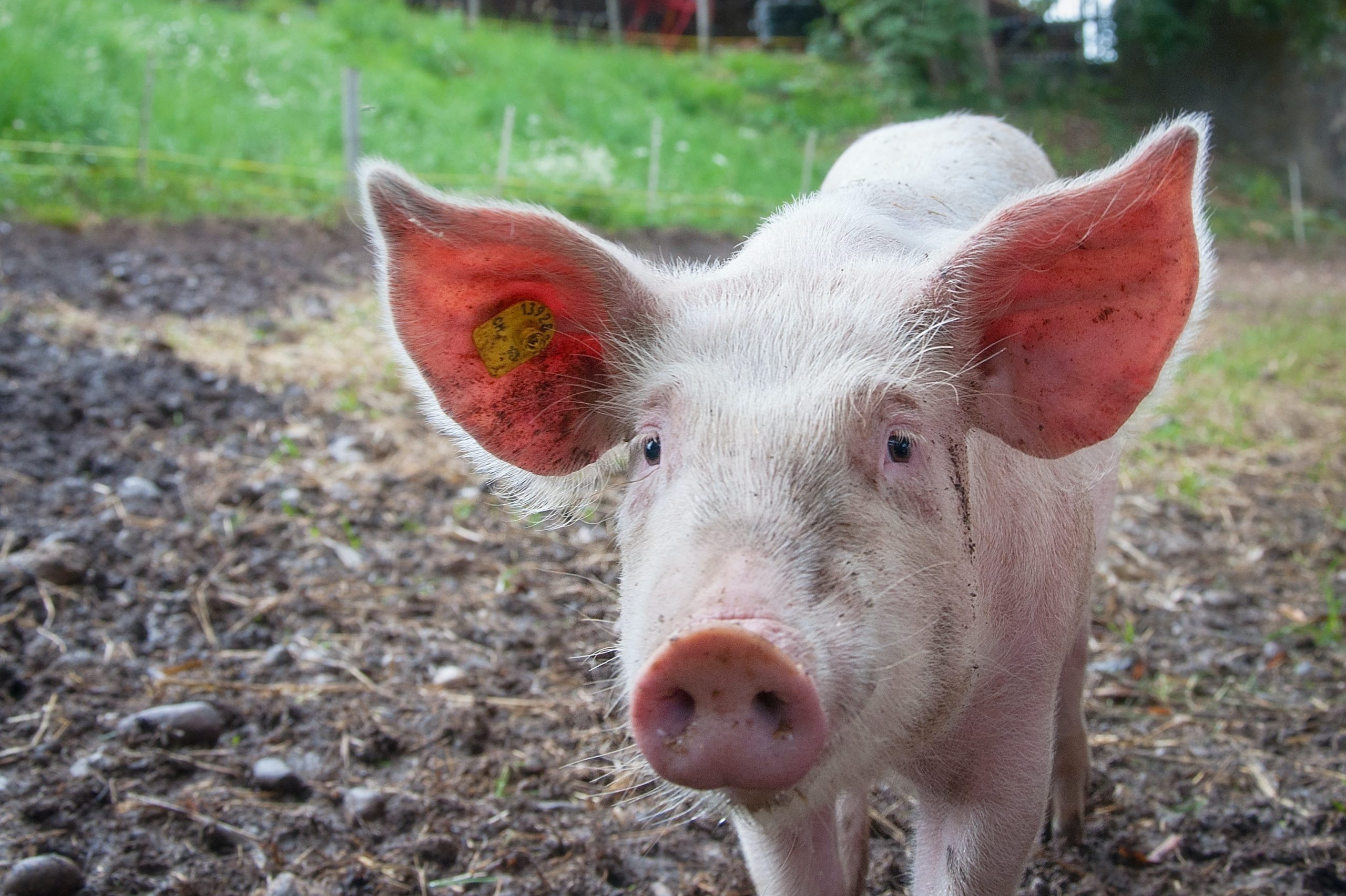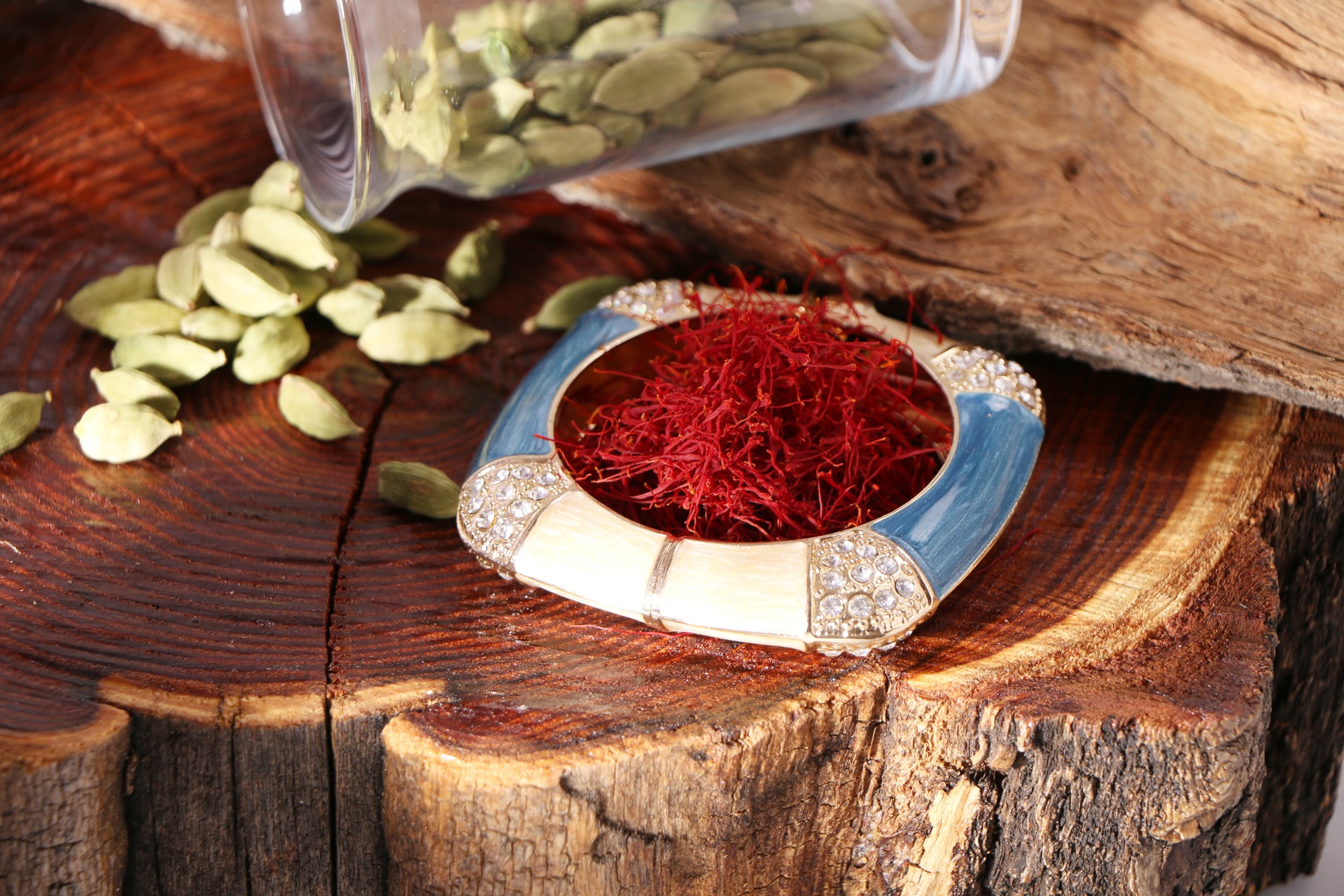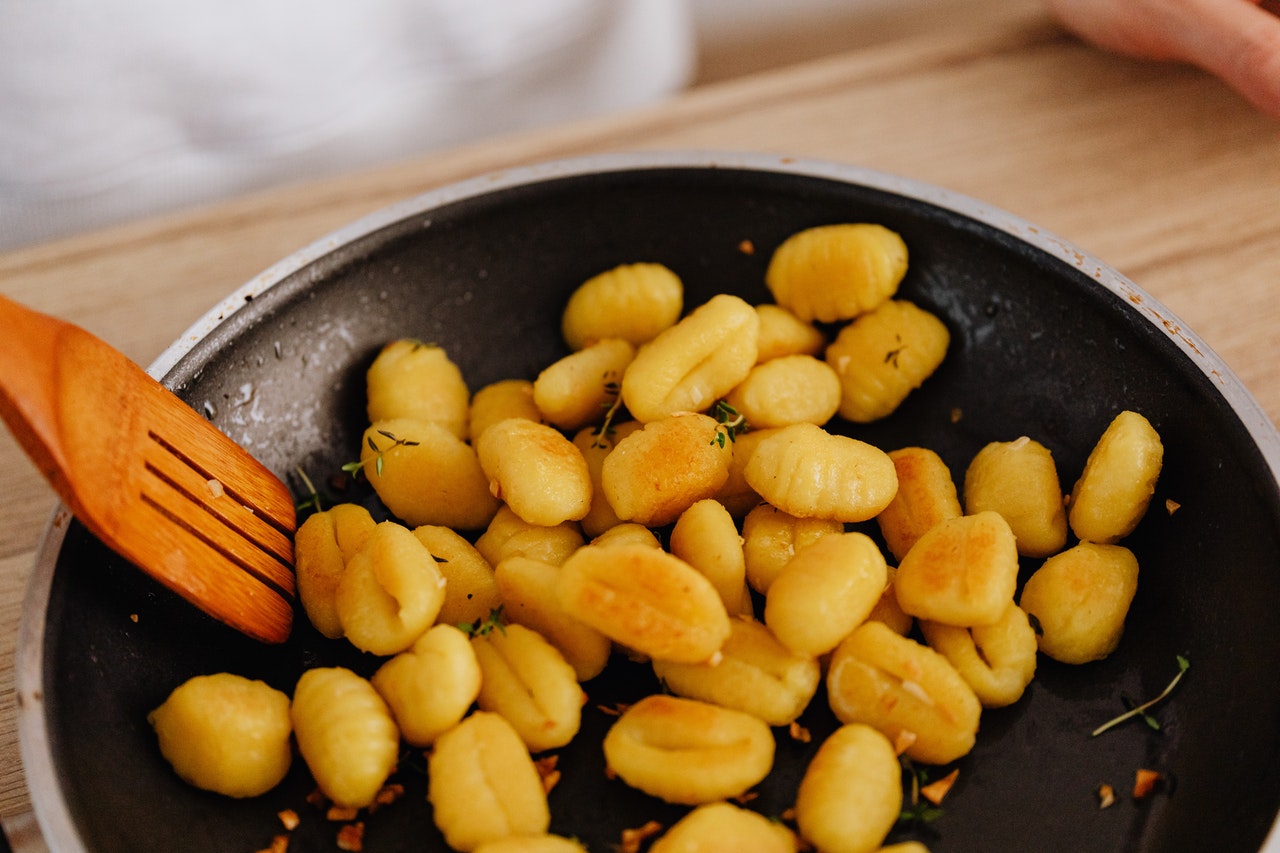Reading Time: < 1 minutes
- Chilies are not only a big part of Bhutanese cuisine; they are ingrained into Bhutanese culture, tradition, and life.
- E.g., shops in Bhutan feature heaps of spicy peppers, and red chilies are laid out to dry on rooftops or hung out on balconies.
- During festivals and prayer rituals, people burn chilies while chanting and saying their prayers.
- The country’s national dish is Ema Datshi (a mix of chilies and a kind of local cheese), and this dish is present at every main meal of the day.
- Another dish easily found in Bhutanese homes is ezay—a coarse chili dip, eaten at breakfast.
- Experts attribute such prevalence of chilies in Bhutan to various factors.
- Factor 1: Extremely cold weather for most of the year.
- Spicy foods stimulate circulation and raise body temperature, thereby helping people cope with the cold.
- Because of this, chilies are introduced very early in life in Bhutan, even to toddlers (by giving them small and then increasingly large portions with their food).
- Factor 2: Physical proximity to India and China.
- These two countries influence the cuisines of Bhutan to a large extent, and both are among the top producers of chilies in the world.
- Chilies originated in South America and arrived in India in the 16th Century before being introduced to Bhutan by pilgrims and traders two centuries later.
- Factor 3: Many Bhutanese believe chilies have supernatural powers.
- It is believed that burning chilies keep the evil spirits away, and traditionally chilies are burnt during prayers, rituals, or when someone in the house falls sick.
Also Read:
What is the difference between spices and herbs?
Why do Buddhist monks shave their heads and ear saffron robes?
Image courtesy of Artem Beliaikin through Pexels
Reference shelf :

